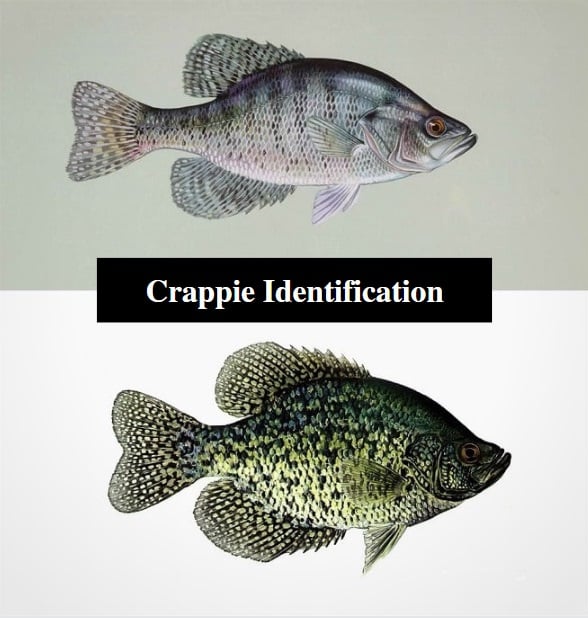
Crappie remains one of the most popular types of gamefish in the USA, with countless anglers around the country patiently waiting for crappie season where they can head out to freshwater locations to catch the delicious panfish.
It is easy to see why crappie fishing remains popular. Crappies are found in almost every state and have a healthy population in most freshwater locations, meaning there is plenty of fish to go around! Not only that, fishing them is great fun, with various methods available to try and get a bite.
Once you get a haul, you are left with one of the tastiest panfish around. You can fry it, bake it, batter it, and do pretty much anything you want to get the perfect crappie recipe. In fact, the most difficult aspect of crappie fishing is the identification process!
Crappie Identification
Why It’s Hard to Identify Crappie
Many people struggle to tell the difference between black and white crappie, the two species that you can find, mainly because the differences are very subtle to the untrained eye. They are similar sized and the markings and colors can often appear almost identical, but once you know what differences to look for crappie identification becomes much easier.
Crappie Colours and Markings
Given the names black and white crappie, identifying each species should be easy enough? Unfortunately, it’s not always as cut and dry as looking at the different colors, as both black and white crappie have varying colors, so you can’t always rely on one appearing darker or lighter than the other.
Instead, it helps to look at the markings on each type. Both black and white crappie have dark-colored markings on their body, but how these looks different in each species, making it one of the best ways to identify them.
For example, white crappies have regular vertical dark markings across the body, whereas black crappies have irregular dark markings across the body that more like spots than stripes.
Crappie Dorsal Fins and Body Shape
Markings can often be unreliable, so if you’re still struggling to identify the fish using markings then look at the dorsal fin. Both have the same needle spines emerging from the dorsal fin, but white crappies have fewer, usually around 5-6, while black crappies usually have 8 spines.
The body shape is another indicator of crappie species. For example, white crappies are usually the larger of the two, having a longer body length compared to black crappies, which are traditionally more rounded in shape and an inch or so shorter.
What About Habitat?
You can use a habitat to help identify your crappie, although it’s less reliable than the above methods. The main thing to do is to consider where you caught it and then use this with other identification methods to confirm the species.
The best way to know the different habitats is to remember that white crappies are the less fussy of the two. They might live in clear or muddy waters with varying turbulences, which is a contrast to back crappies that tend to have more specific preferences, namely clear and calm water.
Also, black crappies usually prefer to hide near vegetation, while white crappies aren’t opposed to swimming around in open water. That said, both black and white crappies can share the same similar freshwater habitats, so be mindful of this when using this method to identify the species.